250 years ago, Alexander von Humboldt was born in Berlin. An explorer with a capital "H" marked in large part by an extraordinary adventurous spirit and a thirst for knowledge. His numerous journeys allowed him to understand various areas of scientific knowledge such as biology, geography and climatology.
Alexander von Humboldt wanted to discover how the world worked and what its connections were, to travel to understand nature on the ground. As far as possible was his favorite destination and in 1799, Tenerife was his first port of call.
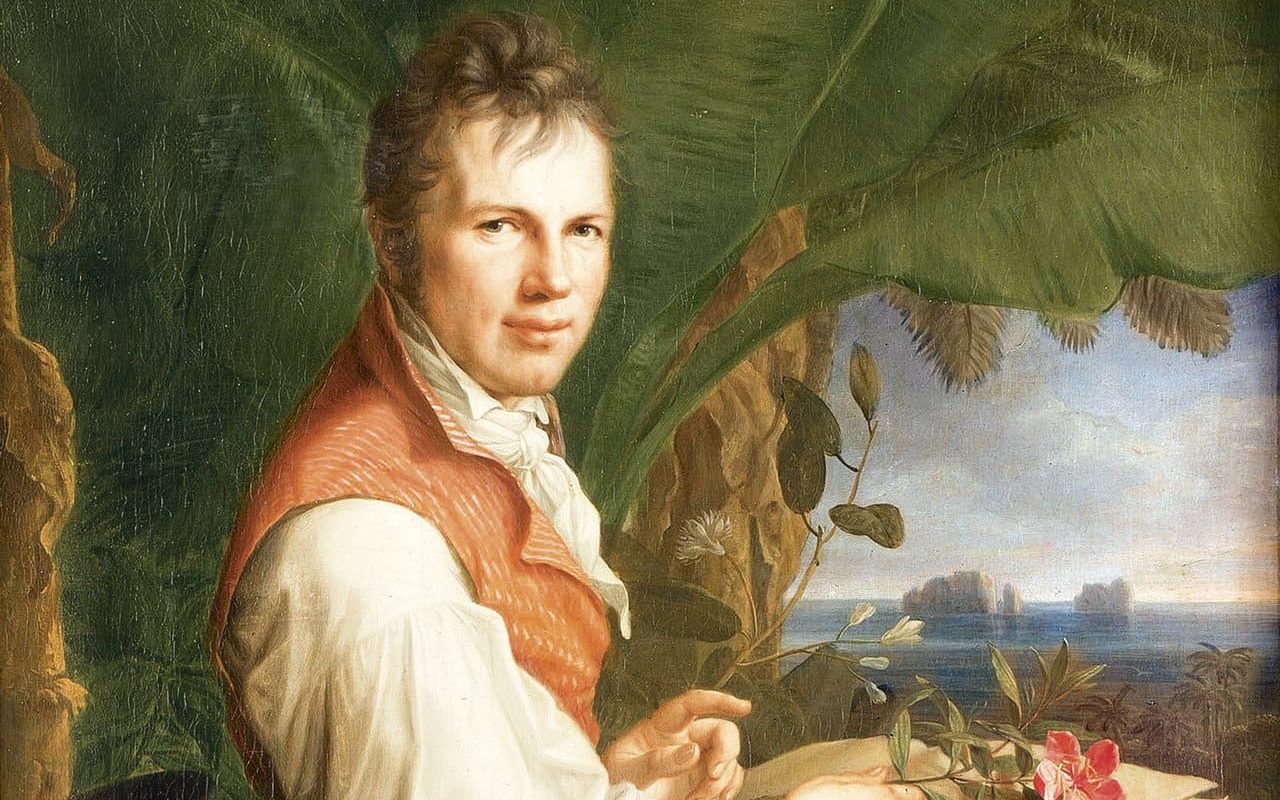
Humboldt's dream had always been to travel through America, but first he wanted to stop in the Canary Islands and climb that peak, Mount Teide, a volcano that other scientists in Europe used to refer to with curiosity. Having inherited an enormous fortune, Humboldt was finally able to embark on this adventure. As a man of science, he understood that it was important to travel and see closely the wonders of the different territories, their vegetation, the landscape, and he was especially interested in volcanoes.
Alexander Von Humboldt in Tenerife
Alexander von Humboldt walked, observed and collected a lot of material on the island of Tenerife, but above all ideas. Ideas that it seems that nature whispered in his ear and he aimed with head and heart. He wrote about science with the feeling of a poet.
By summiting the peak of Teide, Humboldt climbed higher than the first European aeronauts with their balloons. The scientist docked in Santa Cruz, after a minimal visit to the island of La Graciosa, on June 19, 1799. He disembarked from the corvette Pizarro, which the Spanish Crown placed at his disposal, accompanied by Aimé Bonpland and the measuring devices from which he was never separated. To measure the atmospheric pressure, the temperature, the blue of the sky, the angle of any celestial body in relation to the horizon ... . In addition, a notebook in which he recorded everything.
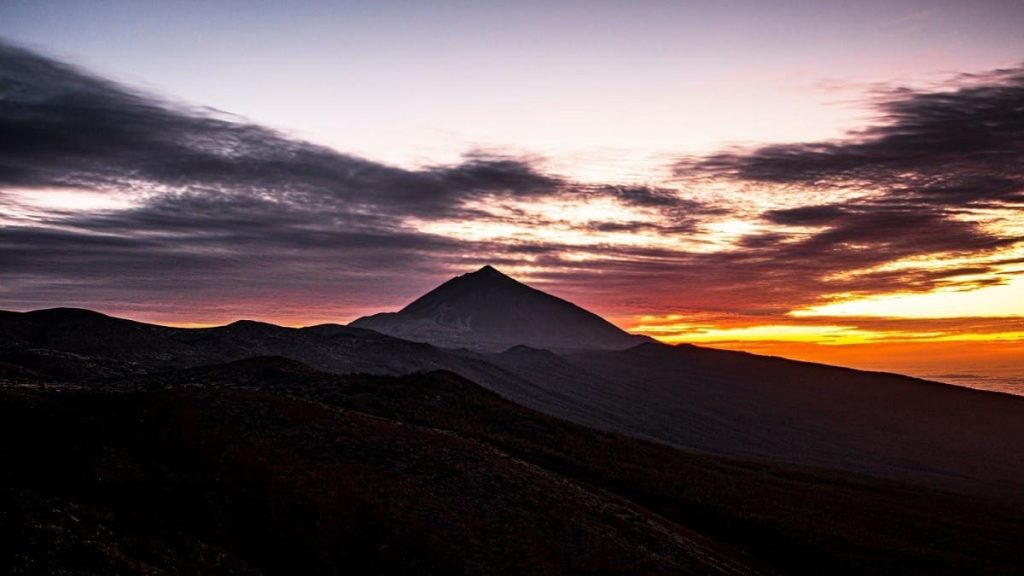
"We discovered the Punta de Anaga, but the peak of Tenerife, Teide, remained invisible. When the mist dissipated, the summit of the volcano could be seen above the clouds". The scientist wrote in his diary about this hidden volcanic pyramid, which rises from the bottom of the ocean, at a depth of 3,000 meters, and rises 3,718 meters above the water.
The Canary Islands in 1799
At that time the Canary Islands were a laboratory where American crops were tested before being sent to the mainland. Tenerife, an island of trial and error, immediately connected with Humboldt. During the six days he spent in Tenerife, Humboldt visited Santa Cruz, La Laguna, Puerto de la Cruz, the Orotava Valley and Mount Teide, where he reached the summit. He returned to the starting point to continue the great voyage of exploration that he carried out between 1799 and 1804 in Central and South America.
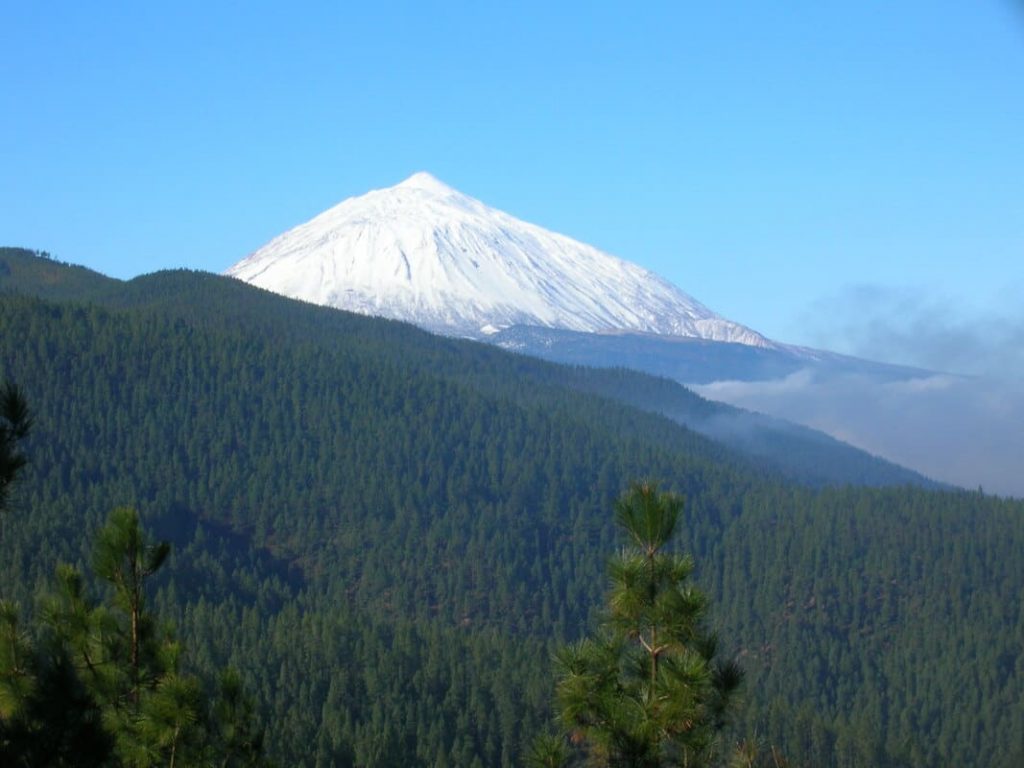
Some of these notes illustrated how to promote a destination without resorting to clichés. "The man sensitive to the beauties of nature finds in this delightful island remedies even more potent than the climate. No other mansion seems to me more suitable for dispelling melancholy and restoring peace to a painfully agitated soul than that of Tenerife." The message went viral and many wealthy Englishmen came to this jungle of laurels, strawberry trees and pines that is Tenerife to cure their tuberculosis, consumption, gout and rheumatism.
In this stay in the Canary Islands we can clearly see the suggestive mixture between the objective and the subjective in Humboldt's work. In this sense, it is remarkable the note he makes when he arrives at the pier of Santa Cruz, when he glimpses between the clouds the peak of Teide in all its majesty. Regarding his sensations, we can quote passages from the Diary in which he highlights the urban landscape of Santa Cruz:
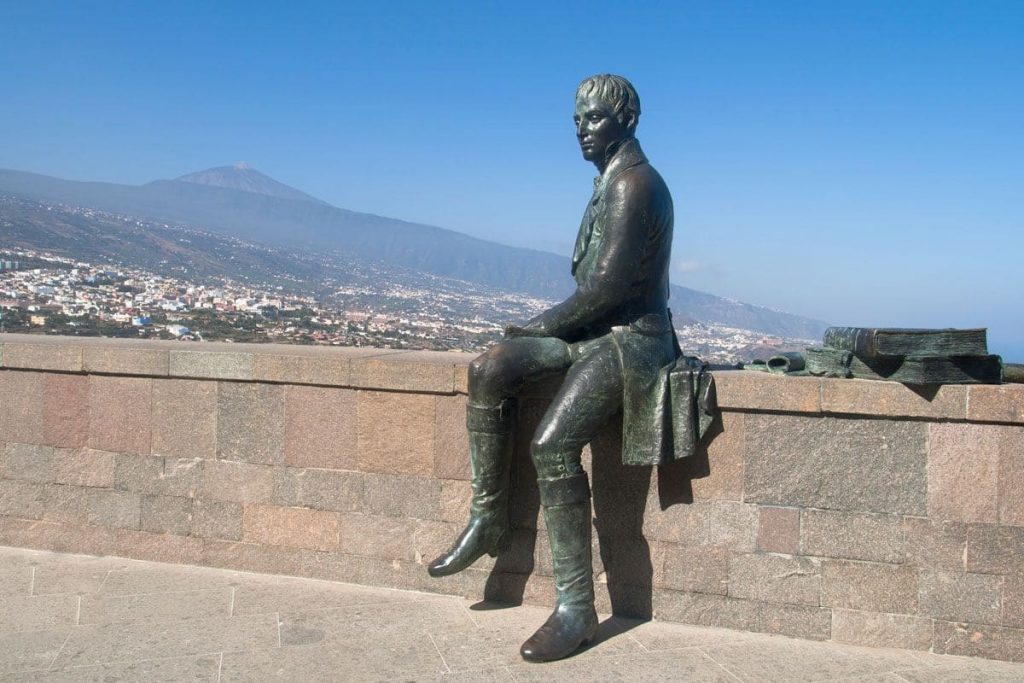
"In the narrow cross streets, between the walls of the gardens, the hanging leaves of the palms and banana trees form arched, shady passages. A refreshment for the European who has just disembarked and for whom the air of the country is too hot."
Likewise, the Canarian sojourn will be characterized by its botanical contributions. As the description of the Teide Violet, of which we speak more extensively in this article: The Teide Violet: the flower of the volcano, especially to the geography of plants. Humboldt would represent the geography of the plants applied to the Teide in an interesting drawing published in the atlas of the voyage as Tableau physique des Iles Canaries. Géographie des Plantes du Pic de TenerifeThe drawing is also based on the observations of Leopold von Buch and Christian Smith. The astronomical observations made in the Canaries were published by Jabbo Oltmanns in 1810 in Paris as Recueil d'observations astronomiques, d'operations trigonométriques et de mesures barométriques.
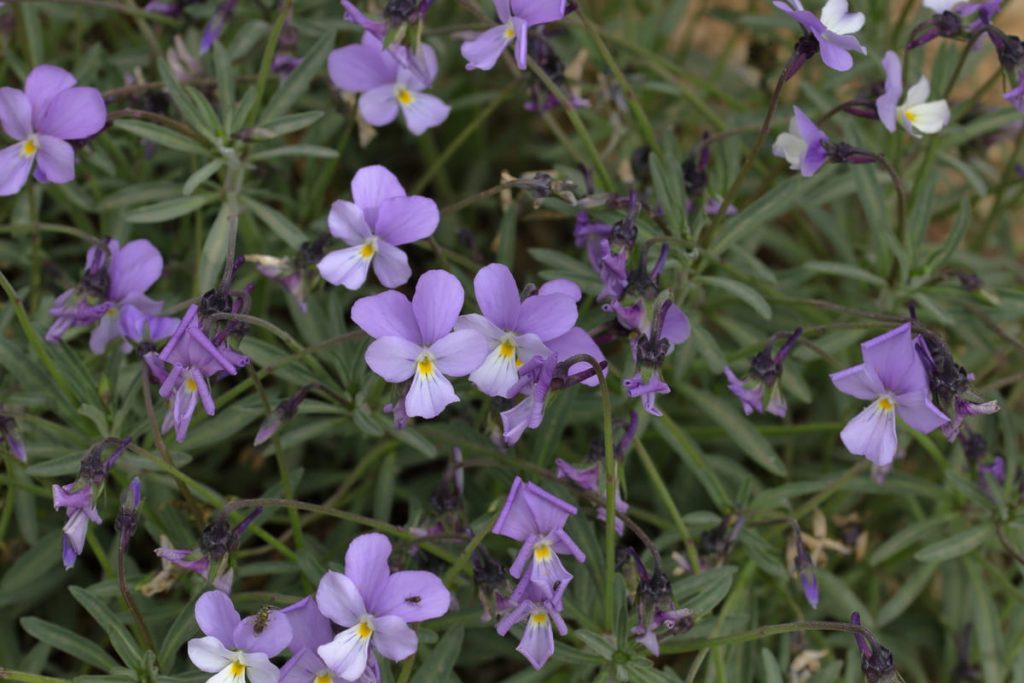
We must also highlight the precious descriptions of the Canary Islands made by Alexander von Humboldt. In addition to his assessments on topics of great scientific importance such as volcanism or plant geography, he left us some beautiful pages on the aboriginal population and the Canary Islands society at the end of the century.
The Canary Islands is a land with a thousand things to see, explore and learn about. If you are interested in knowing more interesting facts about the Canary Islands, its culture and traditions, we leave you below the link to the section Culture and traditions.
Paula Vera
Photos: historia.nationalgeographic.com; alegando.com



